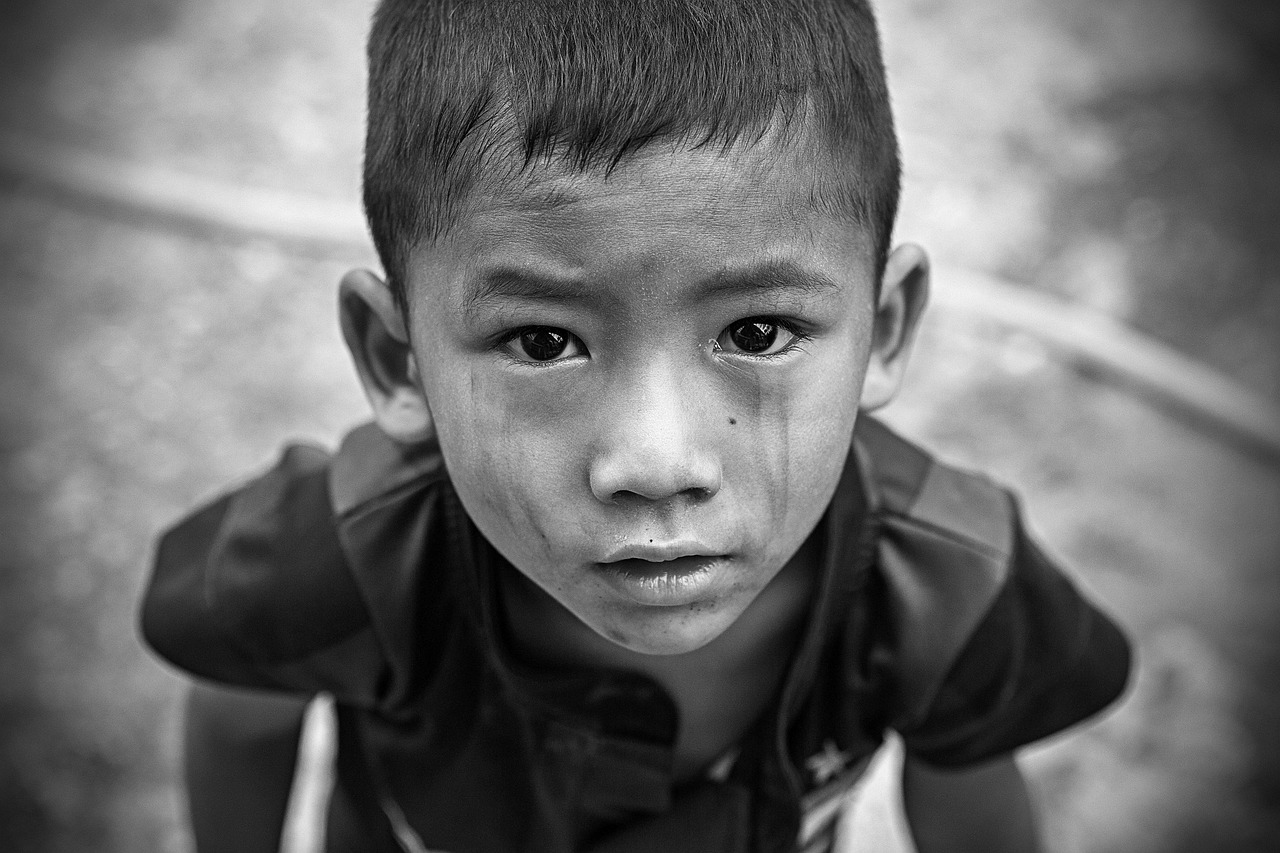Non-governmental organizations (NGOs) are often seen as torchbearers of positive change. They work tirelessly on causes ranging from education and healthcare to climate action and women’s rights. Yet, many NGOs hesitate to advertise themselves, fearing it might appear “too commercial” or “off-brand.” The truth is, in today’s world of short attention spans and endless online noise, advertising isn’t a luxury—it’s a necessity.
The idea that good work speaks for itself may have held true in simpler times. But we now live in a digital landscape where visibility equals viability. Even the most impactful initiatives can go unnoticed if they don’t show up where the audience is—online, on their screens, scrolling endlessly. That’s where smart, intentional advertising comes in.
The Myth of “Selfless Silence”
Many NGOs believe that spending money on advertising takes away from the funds meant for their causes. While this concern is valid, it’s also short-sighted. What if strategic advertising brings in more donations, more volunteers, and more awareness? The initial cost then becomes a worthwhile investment.
Silence doesn’t build trust—visibility does. The public needs to see your work to believe in it. Whether it’s a child getting a scholarship, a village receiving clean water, or a reforestation drive in a drought-prone region, these stories need to be told—and told often.
In fact, when NGOs advertise with transparency and authenticity, it boosts credibility. People are more likely to contribute when they see where their support goes.
Why Digital Storytelling Works
Today’s audiences, especially Gen Z and Millennials, respond to stories more than statistics. A well-crafted ad campaign doesn’t just inform—it evokes. It builds emotional bridges. Whether it’s a 30-second reel, a carousel post, or a 2-minute film, the goal is the same: make people care.
Digital storytelling works because it transforms passive viewers into engaged supporters. Through visuals, music, and narratives, NGOs can humanize their work. You’re not just “fighting hunger”; you’re helping Rina, a 7-year-old, get her first school meal. That’s the kind of message that moves people.
The Power of Platform-Specific Advertising
Let’s face it—each platform behaves differently. What resonates on Instagram may not work on LinkedIn. A tweet needs wit and brevity; a Facebook post allows for more context. Understanding these nuances is key.
Here’s how NGOs can tailor their ads:
- Instagram & Facebook: Use emotional visuals and human faces. Carousel stories or 30-second videos work best. Don’t forget subtitles—many people watch videos on mute.
- YouTube: This is perfect for longer stories. A well-made documentary-style video or testimonial can drive deeper engagement.
- LinkedIn: Share thought leadership content, CSR partnerships, and behind-the-scenes work. This platform is ideal for connecting with professionals and potential donors.
Knowing the strengths of each channel and customizing content accordingly amplifies your reach and ensures better ROI on ad spend.
Collaborating with Creatives
NGOs don’t have to do it alone. Partnering with creatives—copywriters, videographers, designers, and social media strategists—can take campaigns to a whole new level. Many professionals are willing to work pro bono or at discounted rates for causes they believe in.
This is where working with a video production company can make a tangible difference. They bring storytelling expertise, technical finesse, and an understanding of what works in the digital world. A single well-executed video can serve multiple purposes—ads, donor pitches, presentations, and website content.
It’s not about flashy gimmicks. It’s about clarity and heart. A good video production partner will help you convey both.
Showcasing Impact, Not Just Need
Traditionally, NGOs have focused on the problem. Images of malnourished children or disaster-hit areas have been used to evoke sympathy. While this may grab attention, it can also lead to “compassion fatigue.”
Modern advertising for NGOs should shift the lens to solutions and success. Highlight what’s working. Tell stories of progress. Celebrate community heroes. People want to be part of something hopeful. They want to support efforts that show tangible outcomes.
Think of your advertising not as a cry for help, but as an invitation to be part of something meaningful.
Building Trust Through Consistency
One ad won’t change the world. But consistent, value-driven advertising over time builds a brand that people trust. It creates recognition. When people repeatedly see the name of your NGO associated with positive stories and real change, they begin to associate your brand with integrity.
Consistency also breeds familiarity. And familiarity, especially in the social sector, is the first step toward commitment.
Final Thoughts
Advertising isn’t about selling—it’s about sharing. For NGOs, it’s about giving people a window into your world. It’s about inviting them to care, to connect, and to contribute.
In this era of content overload, doing good isn’t enough. You have to show it, share it, and sometimes even shout it. Not for fame, but for funding. Not for clout, but for cause.
So, to all the changemakers out there: don’t whisper your impact. Tell your story—boldly, creatively, and consistently. Because the world needs to hear it.









